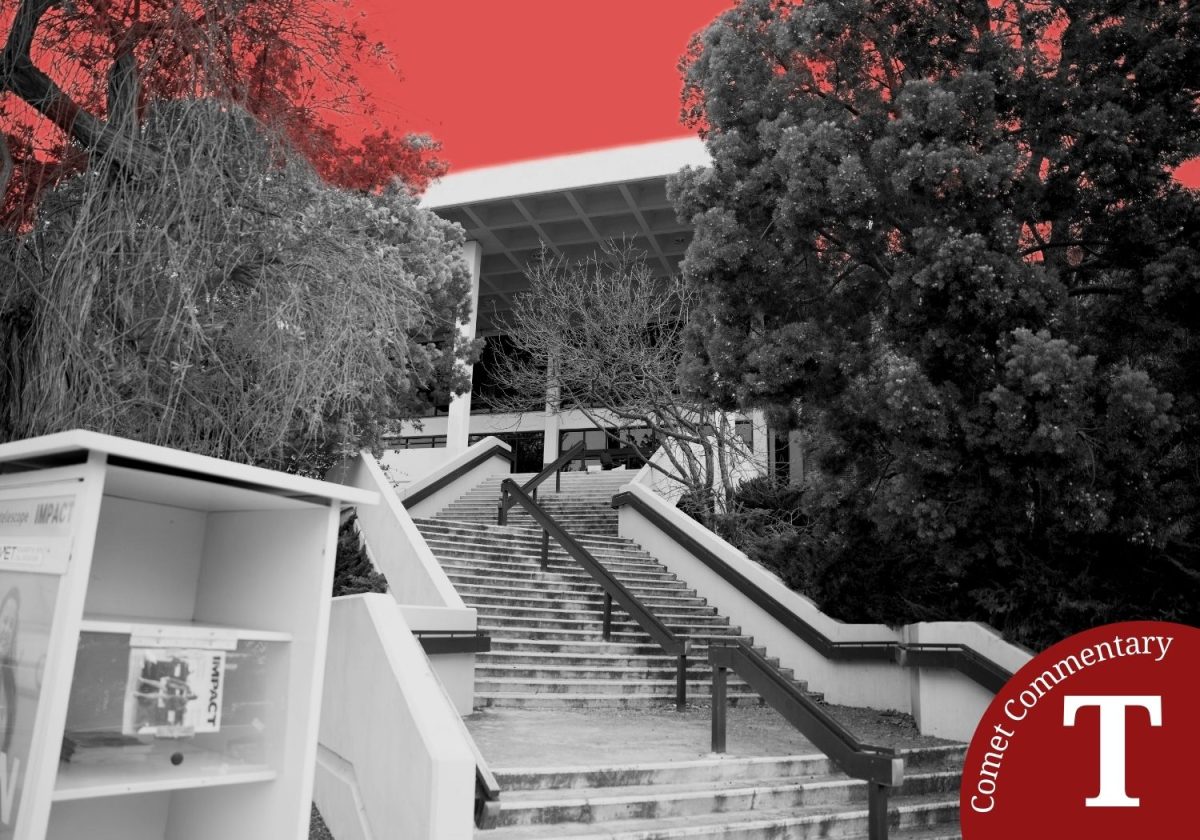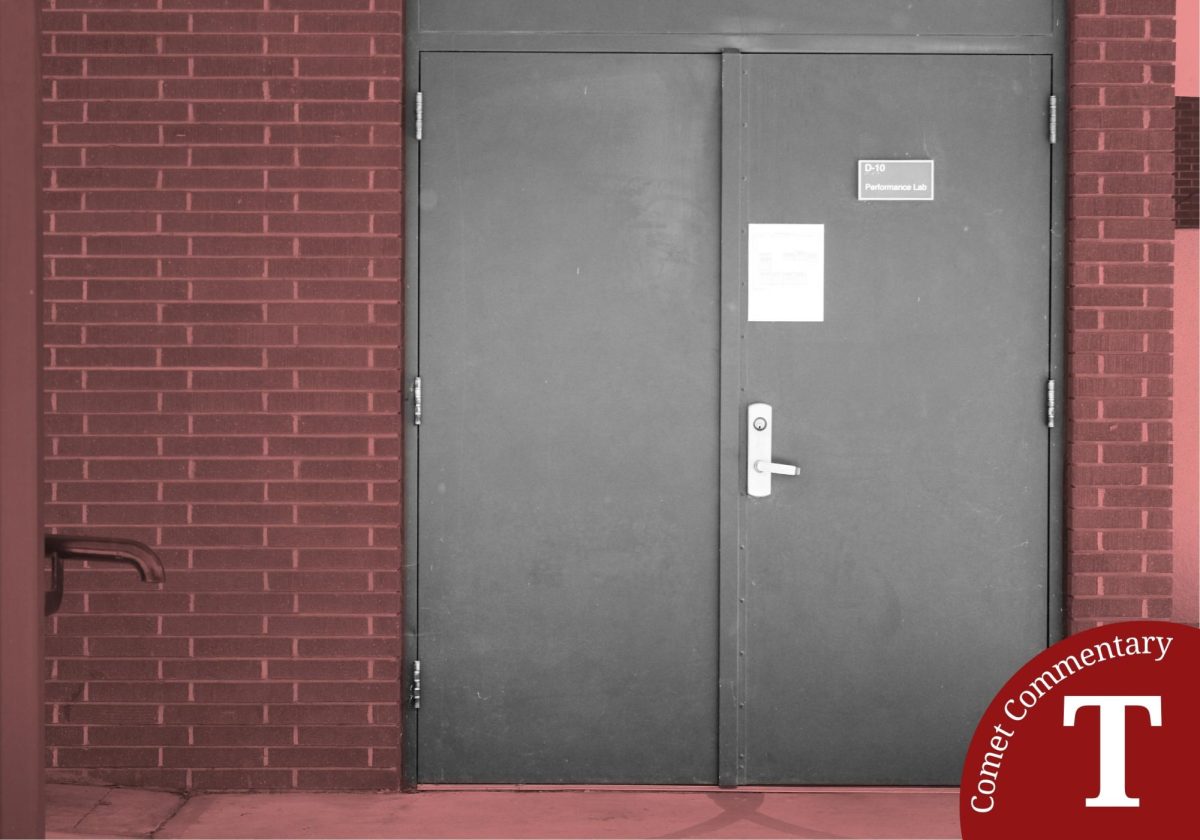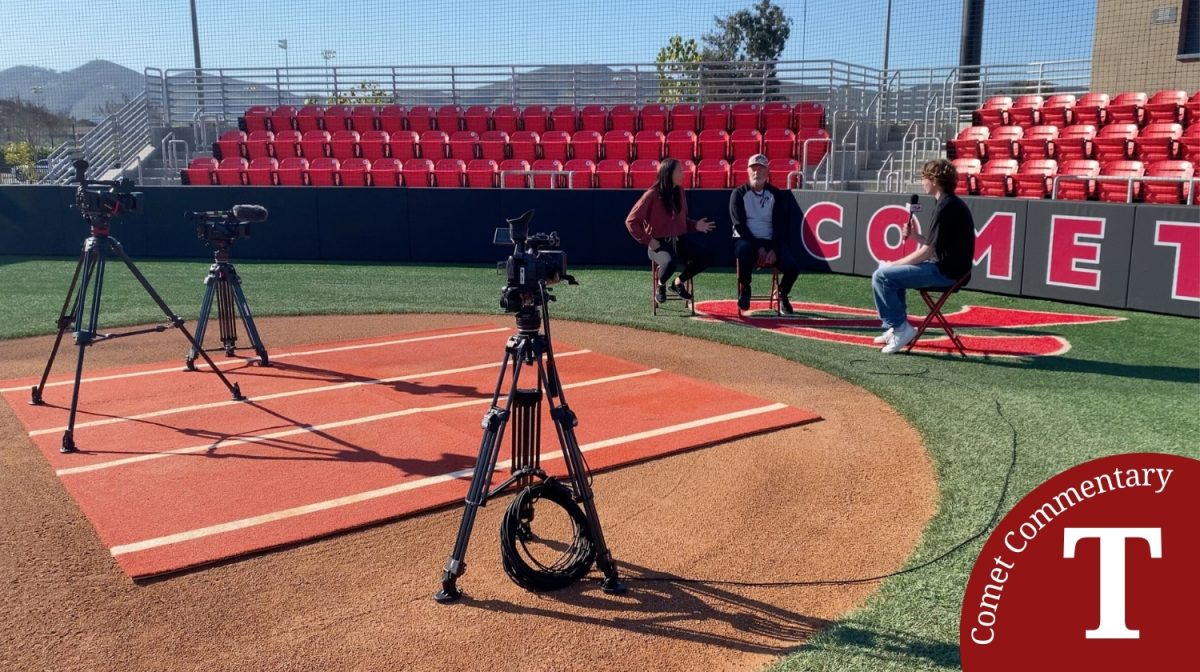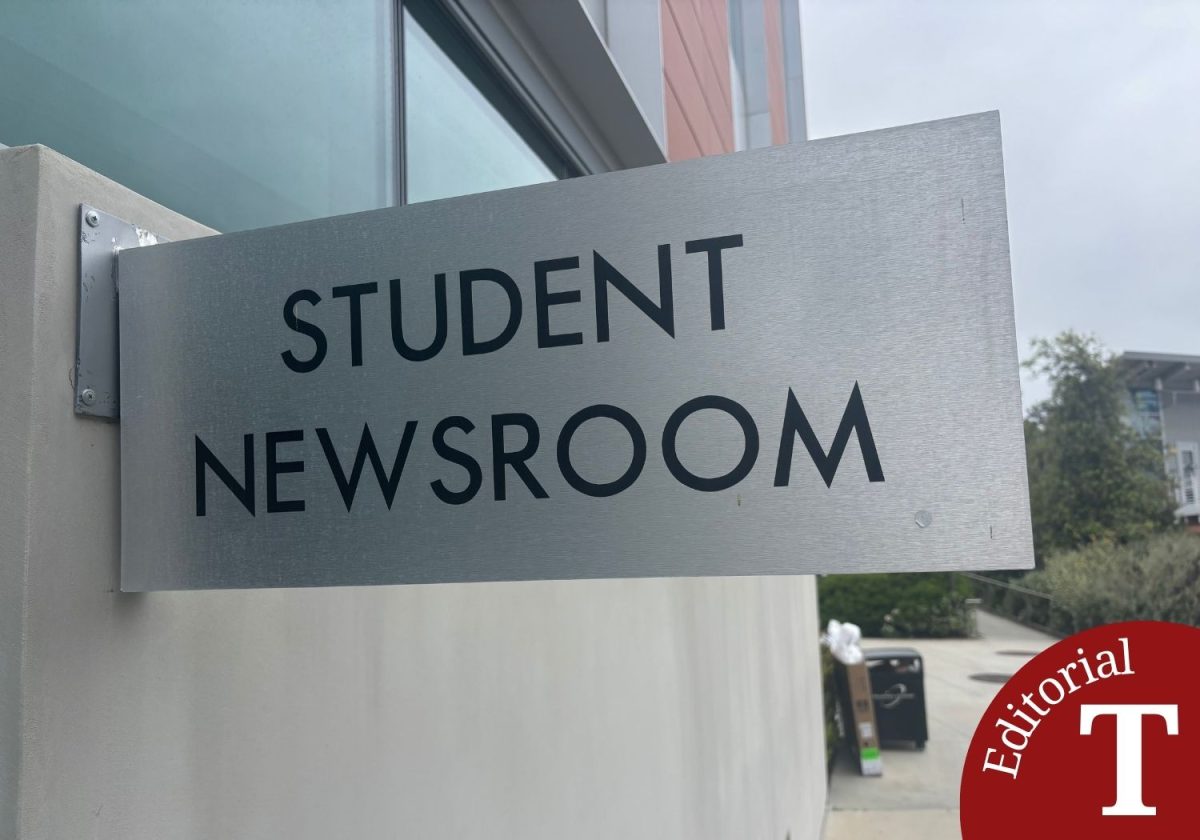Close your eyes and imagine the last physical classroom you were in before you found out you would have to continue your education virtually.
Call me dramatic, but the Biology lecture room in the Natural Sciences building on the San Marcos Palomar campus will stay with me forever. Given that most of us may not remember an event like 9/11 or the passing of a celebrity, this shift in our lives, at least for me, had a similar effect, and is considered a turning point in my life.
The fear of uncertainty from fellow classmates and myself, and even from our teacher come flooding back at every reminder of it.
For those who have been at Palomar or in school in general since the beginning of the pandemic, you know the mental anguish we endured figuring out the mechanics of Zoom, having to learn from home, along with the struggles that came along with COVID-19 itself.
For the first year, instruction remained solely via zoom for the most part, and it is only during the most recent semester we have seen a new wave of teaching style immerse and be tested out at our college.
This method is called HyFlex (Hybrid-Flexible), and gives students the option to decide whether they want to come to campus on a particular day, or stay at home and attend class virtually.
“The model…aims to make sure that students aren’t penalized from a learning standpoint if they move back and forth between in-person and online participation in the class, from week to week or even class session to class session. Instructors essentially must build a fully online course and a face-to-face version, with the same learning outcomes in both,” said Doug Lederman, editor and co-founder of Inside Higher Education.
Having been a pretty good student prior to the pandemic, online learning quickly humbled me, and required more effort and organization than ever before.
The key here is that there is a difference between online learning and Hyflex. Online can mean strictly via Canvas with pre-recorded lectures and meaningless tests, or it can mean via Zoom, maybe twice a week as well as assignments in Canvas.
Both of these require discipline from the student, because let’s be honest, it is much easier to remember something if your teacher is telling you to your face in person.
This is why HyFlex is being considered for many higher education institutions across the country, such as The University of California San Diego, or The University of Nevada at Reno.
This method is being scrutinized, with good reason. If not yourself, it is our friends, families and siblings that are directly affected by this change in instruction.
“Much of what bothers professors about the push for HyFlex is that so many details about its mechanics remain ill defined. And assumptions about its value seem rooted in a particular idea of teaching, one where the professor stands at the front of a classroom and lectures,” said Beth McMurtrie, senior writer for The Chronicle of Higher Education.
As exciting as it would be to see classes return to campus fully in-person, it is important to remember that professors, staff and administrators are new to this too, and having compassion for others, especially during uncertain times should be practiced daily.
If HyFlex is the closest thing we can get to coming back to campus, we’ll take it.
For resources on student financial aid, upcoming events on campus, and information on the Palomar Student Health Center, visit the Palomar College website.












